As many as 17 Fogo Street residents were still unable to return home Monday after a mine subsidence impacting roughly 100 square metres of the Wallsend neighbourhood caused the ground to sink at the weekend.
Emergency services initially evacuated around 40 residents as a precaution Saturday, and several others on surrounding streets were told to be ready to move if the situation worsened, but Police leading the multi-agency response said Monday that the ground appeared to be settling, or at least not falling any further, and that there had been as yet no structural damage to any residential properties in the area.
The Wallsend Diggers Sport Club has borne the worst the subsidence, with estimates running into the millions to fix damaged bowling greens, where the ground has fallen into a broad depression leading to a significant crack in the adjacent roadway.
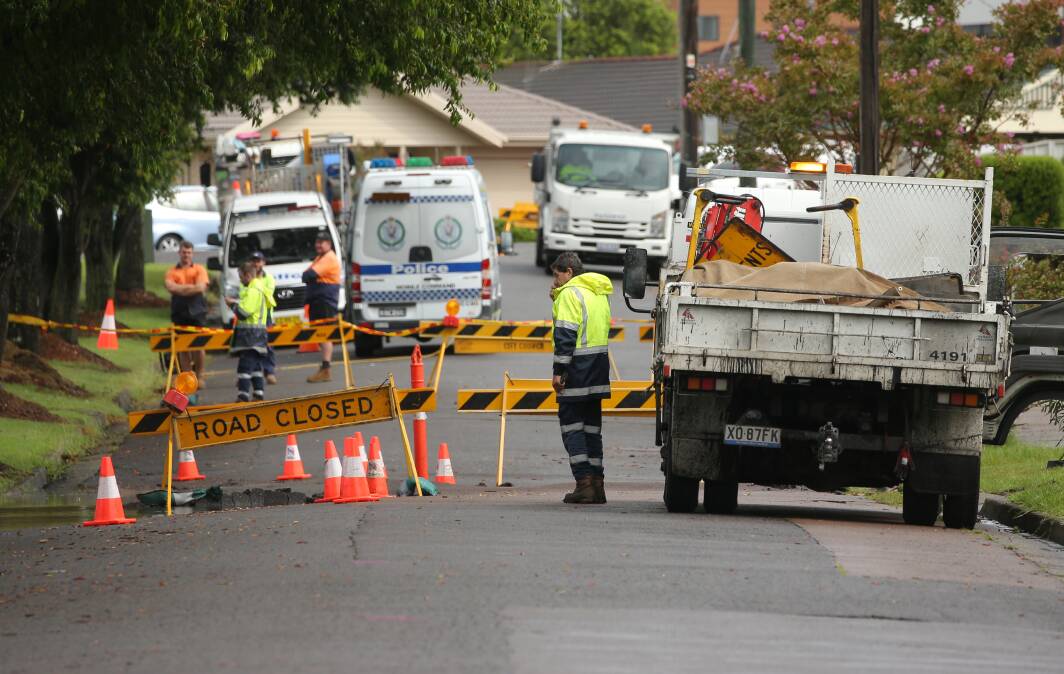
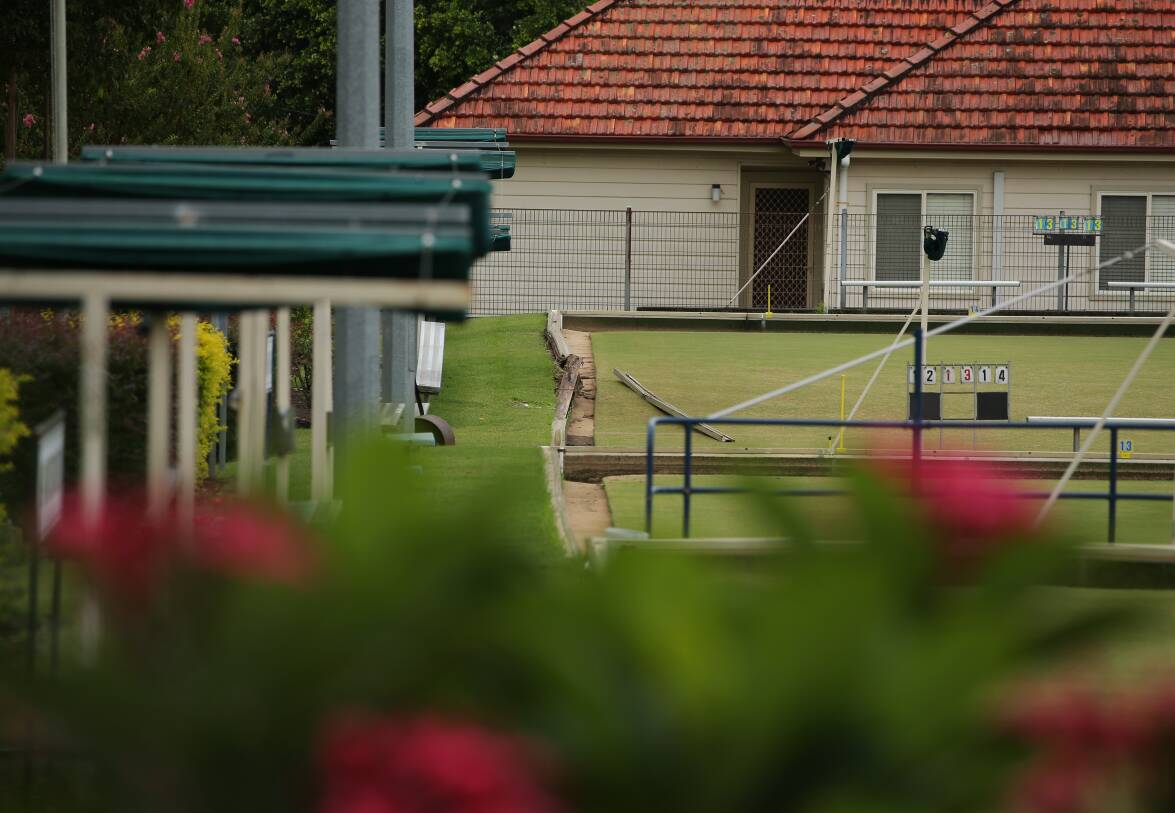
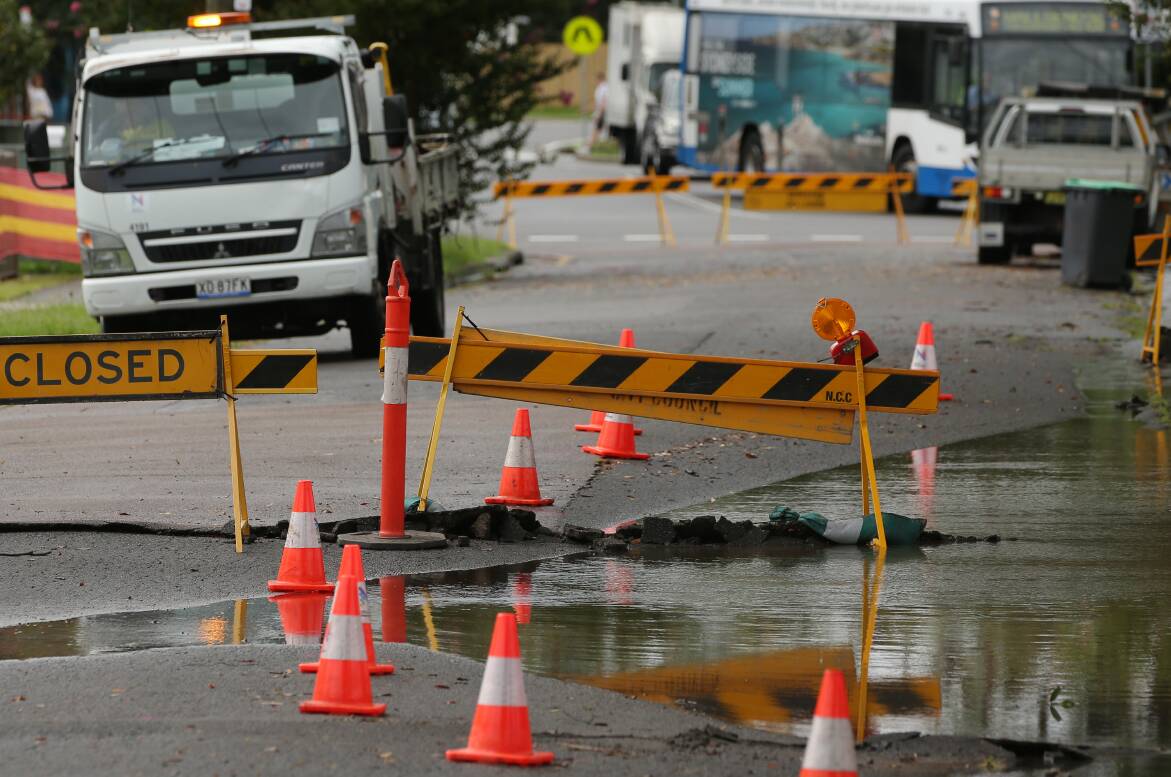
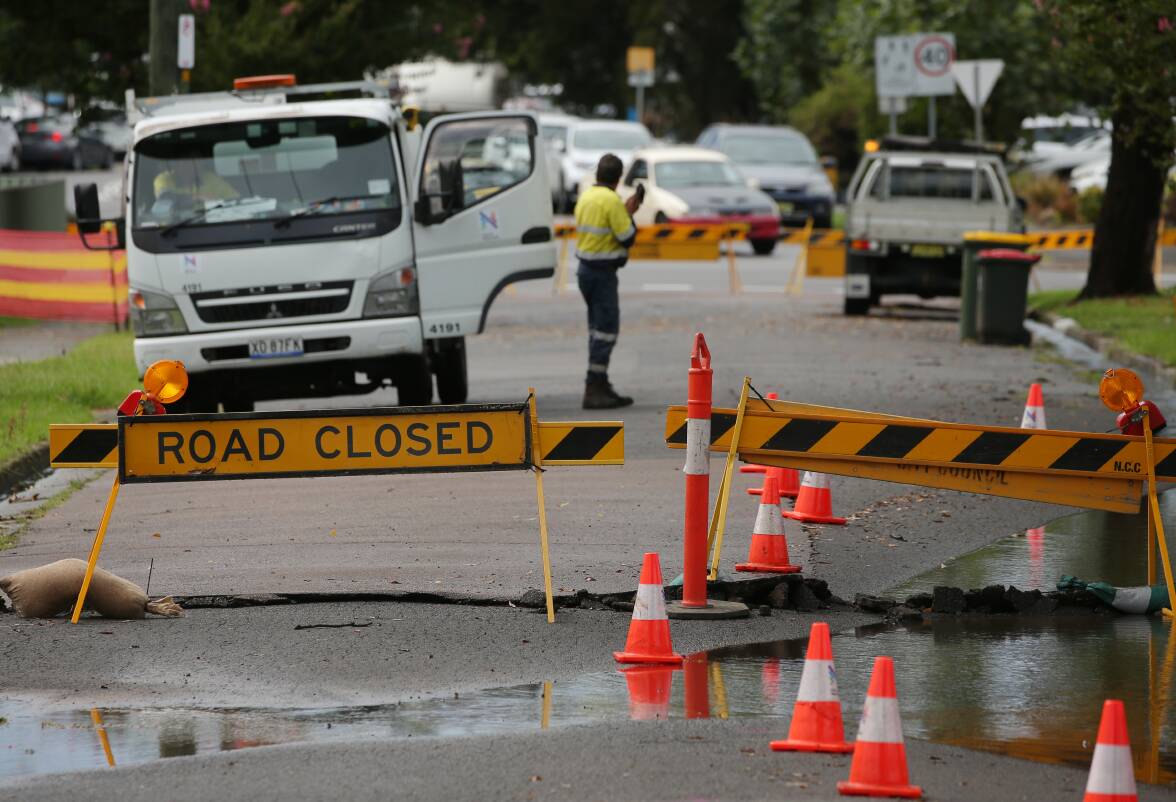
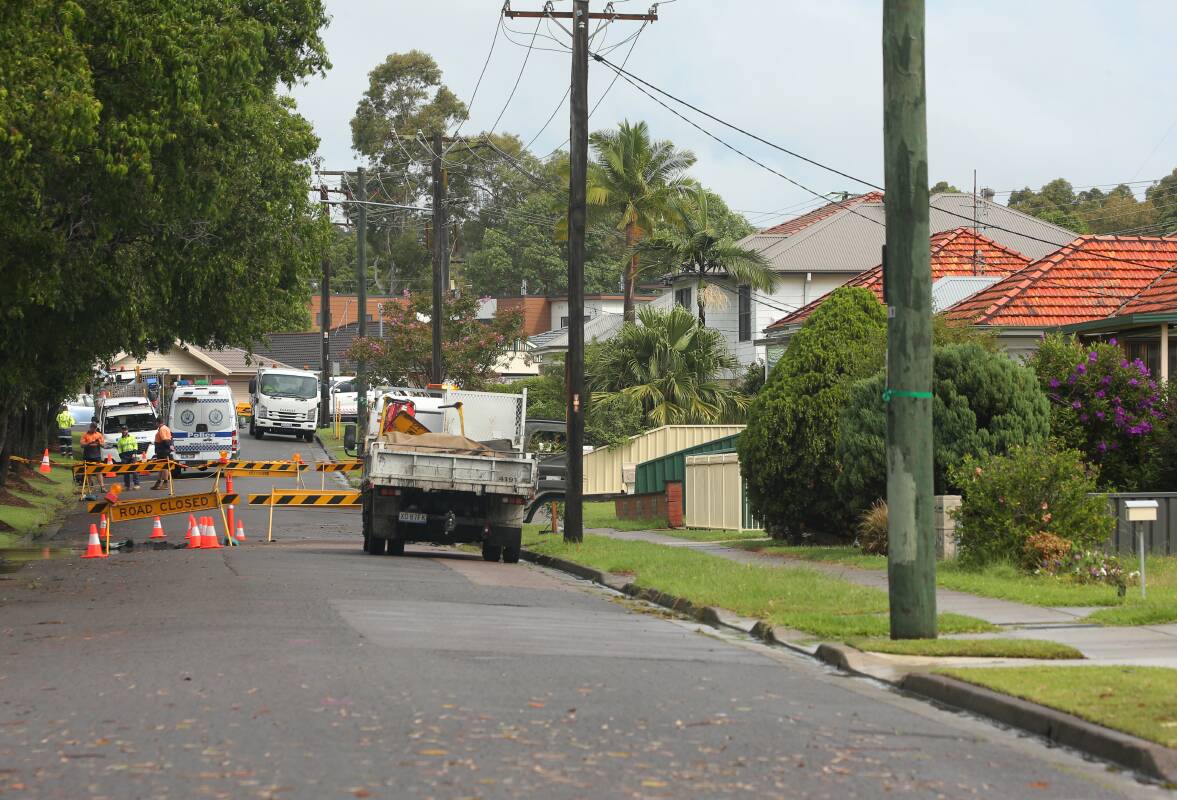
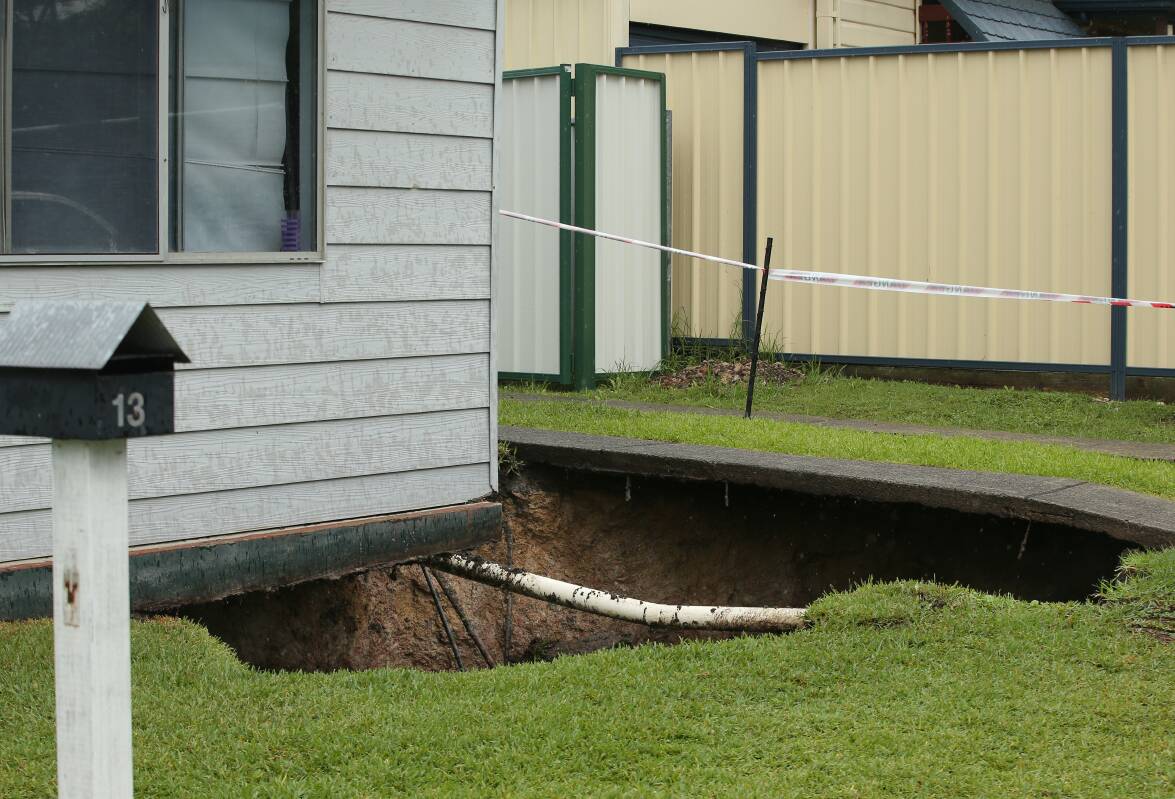
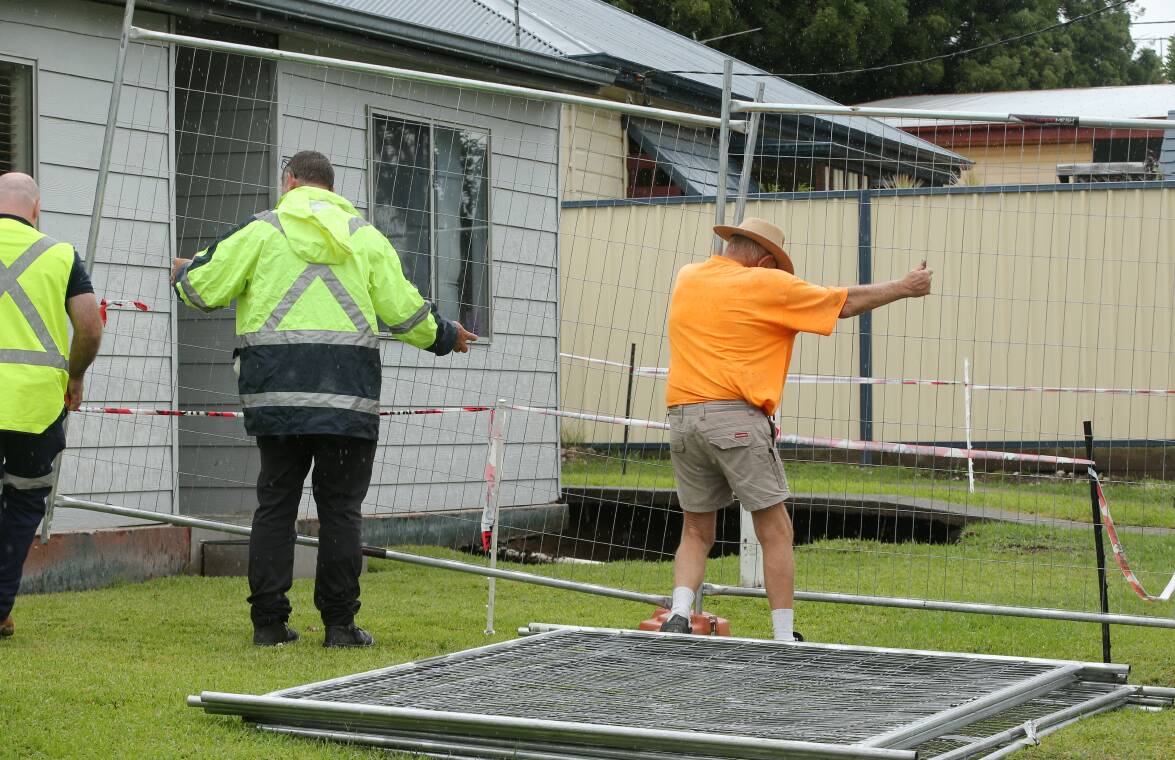
The club has been closed indefinitely while estimates are made toward remedial work to fix all three of the club's greens that have sustained significant damage.
"It is just devastating, it really effects everyone," the club's CEO, John Hume, told the Newcastle Herald. "It is not only the bowlers, and staff, but the general membership and the community as well.
"We had functions booked in which we have had to cancel and it has taken out all three greens which I dare say will cost $1 million per green to fix. We still haven't determined who is liable."

Another 26 millimetres of rain fell over the suburb Monday, settling into wide puddles at the deepest parts of the subsidence, after a deluge of 41 millimetres drenched the city on Friday.
Utilities were cut off as a precaution after emergency services arrived on the scene about 9.45am Saturday, and residents were supplied with bottled water for the weekend, before mains water supply was returned to all affected homes around 10.30am Monday morning.
Crews attached to Hunter Water worked through the weekend, a spokesperson for the utility said, gradually restoring supply to some 26 impacted properties. Electricity was expected to be returned late Monday afternoon, police said in a later statement.
Residents around Fogo Street were effusive in their praise for the emergency response, with several saying that they had been in regular contact with authorities as the situation developed.
Officers attached to the Newcastle City Police District established a mobile command centre on Fogo Street where council crews were assisting representatives of the state's Mines Subsidence Advisory to address the depression, which was estimated to be sinking at a rate eight millimetres in 90 minutes at the weekend.
Newcastle City Police superintendent Kylie Endemi, who has taken the lead on the multi-agency response, said some residents had been allowed to return home over the weekend, but there were still several for whom evacuations were ongoing.

Meanwhile, a second sinkhole of considerable depth and width had opened under a home on Platt Street Monday. The fall had exposed underground pipes and undermined a portion of the house and driveway, but the state's Mines Subsidence authority has indicated that while it is investigating a number of issues across the city, the two incidents were unrelated.
Questions were put to the NSW Government authority regarding the extent of the subsidence on Fogo Street, and what remedial works were underway there, however the department was scant in its response.
It said it was aware of both incidents on Platt and Fogo streets, and that it was working with emergency services to assess the situation, however further comment was declined.
Jackson Bennett had moved to the Platt Street neighbourhood around three months ago and said after hearing about the Fogo Street subsidence, he had learned of a number of sinkholes in the area over the past few years, one which opened only in the past month. He said he had heard a loud noise overnight, but had not become aware of the sinkhole that had opened next door until the morning.
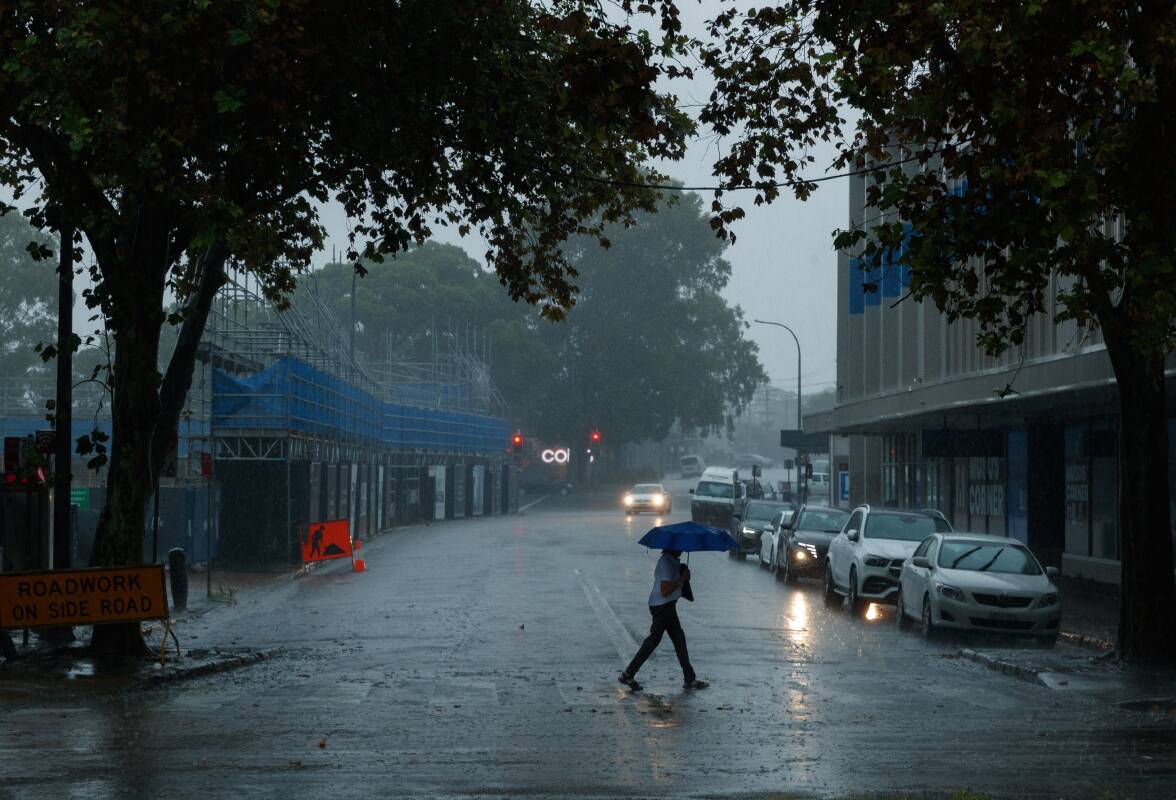
Residents on Fogo Street attributed the subsidence to decades of underground mining that had honeycombed the earth for years. A former miner who worked on the Gretley Colliery, who has lived on Fogo Street for 30 years, said that the suburb sat atop a massive underground lake of flooded voids such that, in his mining days, he could walk underground from the Colliery at Wallsend to Blackbutt Reserve without ever needing to surface.
The Gretley Colliery was the site of a 1996 mining disaster that killed four underground workers when their mining machine broke through a wall holding back an immense amount of water that had flooded the long-abandoned Young Wallsend Colliery. A subsequent investigation found that the miners had been led into the operation by maps inaccurate by as many as 200 metres.

Graham Knight, who grew up at Wallsend but now lives with his wife, Catherine, at Elemore Vale was taking in the damage on Fogo Street Monday afternoon and said at the time of the disaster, mining was one of the biggest industries in the area. He had several friends who worked on the mines and said the underground operations stretched beneath the suburbs.
On Lake Road, where Mrs Knights' daughter works at the Uniting Kombahla aged care facility, remedial works had been underway for some months to address a third subsidence beneath the facility.
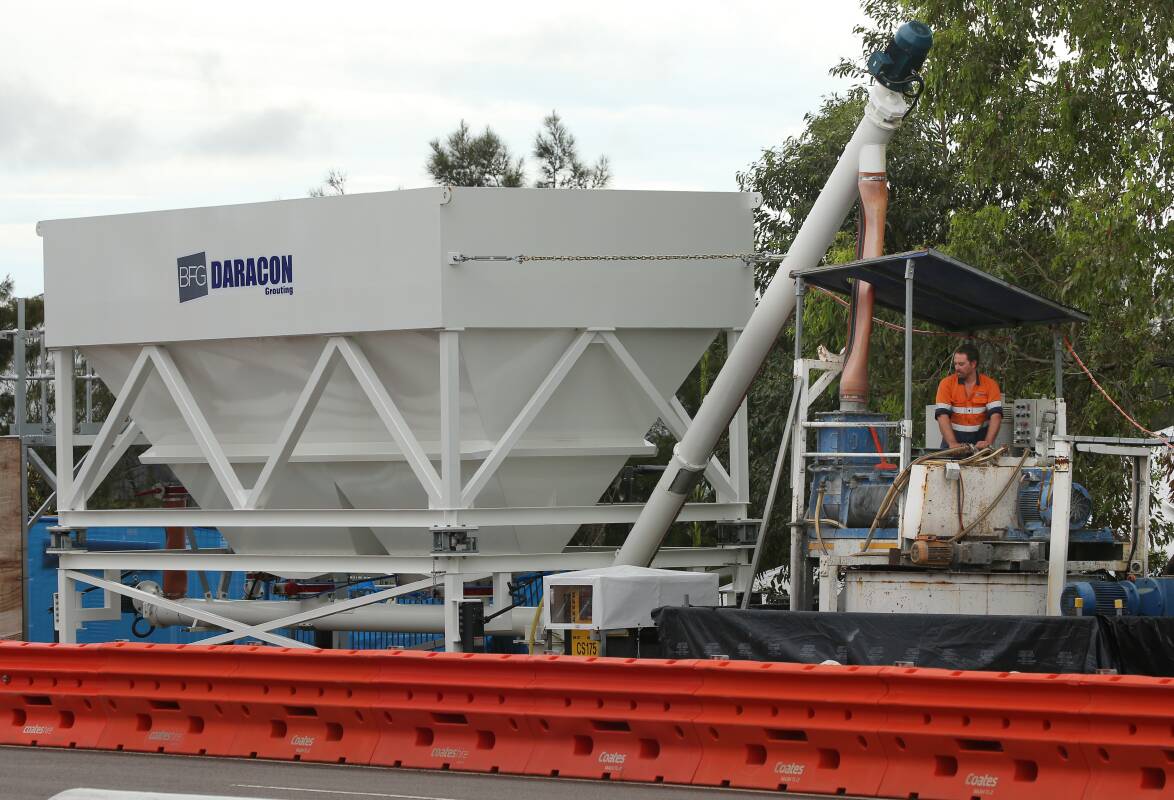
WHAT DO YOU THINK? Join the discussion in the comment section below.
Find out how to register or become a subscriber here.







